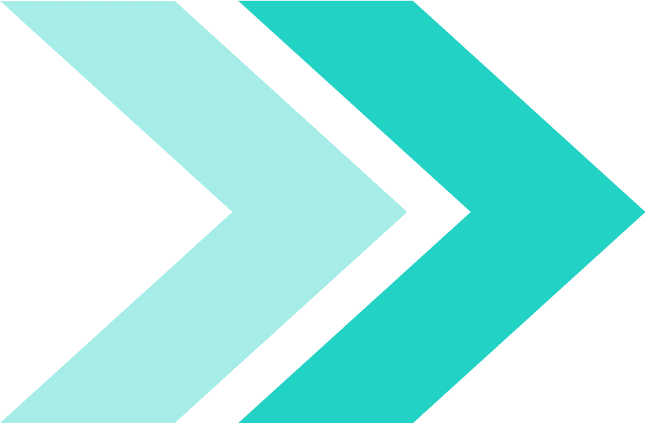When evaluating building materials, cost is always one of the first considerations. But the cheapest option is not always the most cost-effective over time. Instead, smart builders and developers focus on long-term return on investment (ROI). One material that stands out in this discussion is the fiber cement board.
So, do fiber cement boards add value to buildings? The answer is yes—thanks to their durability, low maintenance, fire safety, and resistance to environmental damage, they provide measurable long-term value.
Initial Cost vs. Long-Term Value
At first glance, fiber cement boards may seem more expensive than alternatives such as plywood or gypsum boards. However, when evaluating costs over 20–30 years, fiber cement offers clear advantages:
- Fewer replacements compared to boards that warp, swell, or rot.
- Lower maintenance costs due to resistance to pests and mold.
- Insurance savings in certain markets, thanks to fire resistance ratings.
This combination means that what may look like a higher upfront cost actually becomes a value-driven investment.
Durability and Lifespan
Fiber cement boards are engineered to last. They typically outperform gypsum, plywood, and OSB in harsh conditions. Key durability benefits include:
- Resistance to warping and swelling in humid environments.
- High impact resistance, making them suitable for heavy-use areas.
- Pest resistance—unlike wood-based materials, termites and rodents have no effect.
Many manufacturers estimate a service life of 40–50 years with proper installation, making fiber cement a long-term solution.
Fire and Safety Value
In both residential and commercial buildings, fire safety is non-negotiable. Fiber cement boards are non-combustible and often achieve A1 or A2 fire ratings under EN standards.
This safety benefit adds value by:
- Reducing fire risk to occupants and property.
- Helping meet stricter building codes for multi-storey projects.
- Potentially lowering insurance costs in fire-prone areas.
Moisture and Mold Resistance
Moisture damage can ruin walls, ceilings, and cladding systems. Fiber cement’s resistance to mold and mildew prevents costly repairs and protects indoor air quality. This is particularly valuable in:
- Bathrooms and kitchens.
- Basements and humid environments.
- Coastal regions where salt and humidity create added risks.
By resisting these issues, fiber cement extends the life of the building envelope.
Aesthetic and Market Value
Beyond technical performance, fiber cement boards can also improve market value. Their smooth finish, ability to be painted, and compatibility with cladding systems give architects freedom in design. A building with clean, modern finishes and low-maintenance materials is more attractive to buyers and tenants.
ROI in Different Building Types
- Residential projects: Homeowners appreciate low maintenance and safety.
- Commercial buildings: Lower lifecycle costs translate to higher profitability.
- Industrial projects: Durability reduces downtime and repair costs.
- Public buildings: Long-term stability reduces taxpayer-funded maintenance.
Conclusion
Fiber cement boards do more than provide structural stability—they also add measurable value to buildings. Their long lifespan, fire and moisture resistance, low maintenance needs, and design flexibility make them a smart investment for developers, architects, and homeowners alike.
👉 Visit the Smartfiber Fiber Cement Board page to explore specs, sizes, and delivery options.
Authored by Smartcon Int’l. Trade & Marketing Ltd. on 15.09.2025. All rights reserved.

